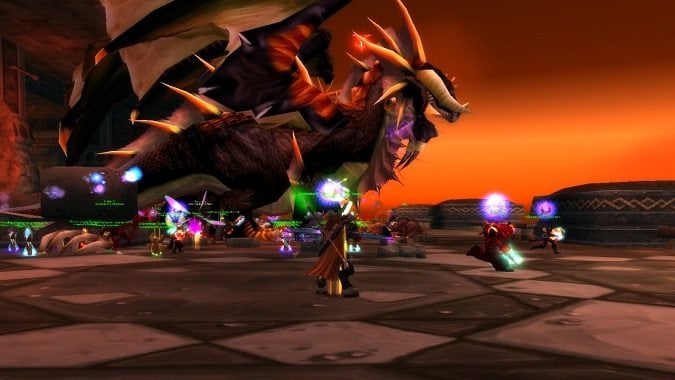WoW Archivist: The allure of classic-era WoW

Earlier this year, the team behind the extralegal classic-era realm “Nostalrius” announced that they would make their source code and tools available to the public. They said that they were disappointed by Blizzard’s response to the issue of legacy realms, so they felt compelled to act. The new realm, run by legacy project Elysium, went online December 17 — but no one knows whether it will remain in operation or for how long.
When Blizzard shut down the original Nostalrius realm with a cease and desist order, a quarter-million players signed a petition to save it. The realm itself had 800,000 accounts. Why do so many people want to play that first version of WoW, with all its flaws? So many improvements have been made to the game since then. Every spec is playable in both PVE and PVP. Zones are designed with so much more detail and a rich, fluid story that carries you through the leveling process. Dungeons and raids have far more varied and interesting mechanics. There is an enormous amount of PVP content, and much better balance.
Yet, no one can deny that a real part of WoW‘s community wants to turn back the clock. Let’s look at some of the reasons why that might be.
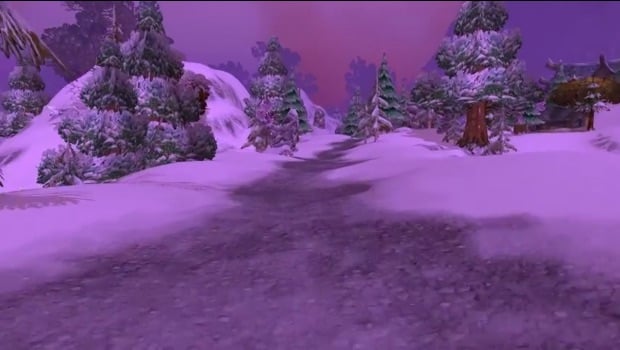
Leveling was meaningful — and hard
No, it wasn’t as hard as in Everquest or Final Fantasy XI — and that was one of Blizzard’s innovations, to make the process of leveling itself soloable. But you could and did die if you took on too many enemies or wandered into the wrong place. Leveling my Tauren hunter through Mulgore, I died countless times to patrolling vultures and wolves working as a pack. Groups of gnolls were scary in the Barrens. Murlocs, bandits, centaurs — these enemies posed real danger. Getting better gear didn’t just let you quest faster — it helped you to survive in the game’s most hostile areas.
Leveling was a slow process. The last 10 levels in particular took a much greater effort to complete than any leveling in WoW today. Quests did not bread-crumb you through the game. They were scattered around the world, and you had to find them. Quests weren’t always confined to a single zone or even a single continent. Nothing on the map told you where to go — you had to read the quest text for clues, look it up online, or spam zone chat for help. Completing quests boosted your experience gains, but oftentimes you had to run dungeons or yes, even grind mobs, to make progress. Hitting 60 felt less like a foregone conclusion and more like a genuine achievement.
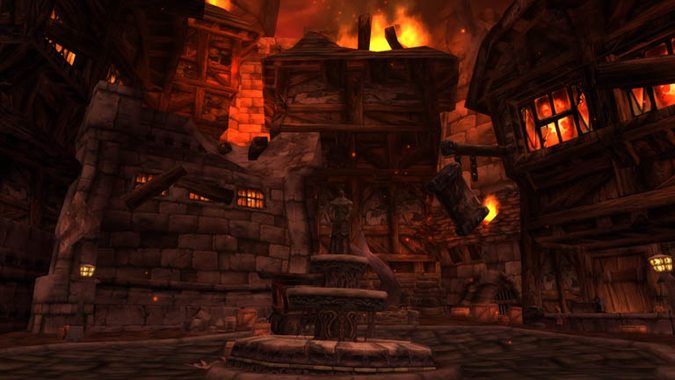
Dungeons required serious teamwork
Legion‘s Mythic+ dungeons are a tribute to classic-era runs, when crowd control, threat, temporary off-tanking, and healer mana all came into play. This wasn’t the case in early classic: you could crush Stratholme with a raid of 15 players. Back then, Rivendare must have looked at the massive group coming for him and shrugged — he knew he was completely screwed even before the pull.
However, Blizzard capped dungeons at 5 players later on in classic and they became a true test of teamwork. The “Tier-0.5” questline in patch 1.10 offered rewards for tackling the toughest 5-player content the game had to offer, including highly challenging bonus bosses. It was quite possibly the most difficult non-raid questline in WoW‘s history.
Blizzard tried to tune dungeons to the classic level of difficulty with Cataclysm‘s Heroic versions, but many players felt like this level of challenge was too difficult. Until Mythic+, WoW‘s dungeon experience had little resemblance to classic versions.
Raid zones pushed your team to the limit
It’s difficult to convey the feeling of 40-player raids. Blizzard has tried to recreate that experience with world bosses, with their anniversary Molten Core event, and most recently with Legion‘s Broken Shore scenario. But this content isn’t quite the same. The level of coordination required made all the difference. So did the knowledge that everything around you was utterly deadly, including trash, and you needed to rely on your army of friends to make it through.
Encounters and even trash pulls asked players to dig deep into their spec’s toolkit to survive. Individual players had their chance to shine by banishing an elemental or clearing a tank’s fear debuff at a crucial moment. Healers exhausted their mana supplies and rotated out for others while they recovered. DPS walked a razor’s edge to stay just under the tank’s threat. Consumables and repair bills bled everyone dry, but players made that sacrifice for the team.
Then there was the urgency of clearing a raid zone, with mobs endlessly respawning behind you, pushing you forward or else — this kind of stress just doesn’t exist in WoW today. Many players see that as a good thing. I happen to prefer modern raid design. But for some, all raiding since classic has been “easy mode.” And in some ways they are right.
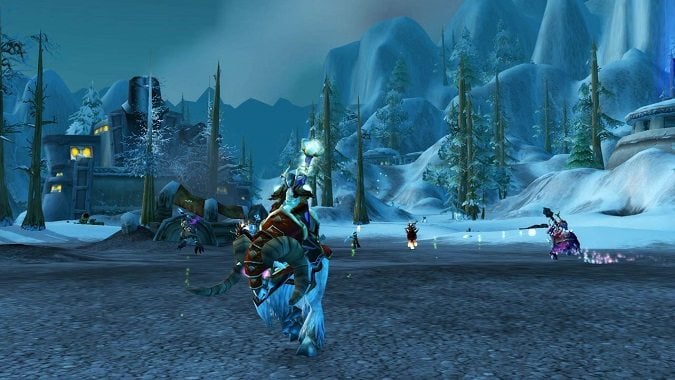
PVP was survival of the leetest
With no PVP-specific gear, encounters between players were determined as much by whether that person was in a progression raiding guild as by personal skill. Raiders argued that they’d put in the work to earn that gear, so it should give them in advantage. PVP-focused players hated that PVE content could give you a massive upper hand in player battles.
World PVP was vigorous, and often came down to who could rally more players to the cause. Attacks on towns, quest givers, and capital cities were frequent. The overall population of most realms was skewed one way or another, and the dominant faction often dictated when and where the other faction could quest. It was inconvenient, certainly, but such player-driven events also made the world feel alive — and at war.
Alterac Valley, with its days-long battles, is another appealing aspect of classic for PVP fans.
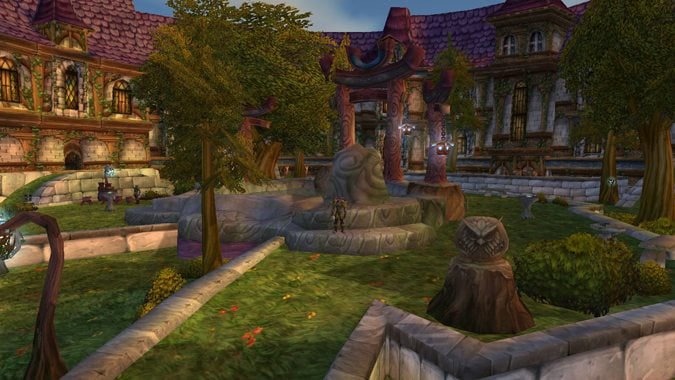
Communities were intimate
With no cross-realm functionality in any facet of the game, you got to know your friends — and your enemies — intimately. All group content had to be organized by players. Your reputation mattered. If you were a good tank with an Upper Blackrock Spire key, people would whisper you day and night to run dungeons with them. If you acted like a jerk, people remembered you and wouldn’t want to group with you. Dungeon runs came together using friends lists instead of finder tools.
You frequently encountered the same players in battlegrounds and world PVP, so you knew who to be afraid of. There was mutual respect and also mutual enmity. PVP was often highly personal. You weren’t just grinding honor — you were taking revenge for last weekend when the Horde shut down Astranaar for eight hours straight.
The nostalriusgia factor
The nostalgia factor for classic WoW is simply off the charts. For many players this was their first exposure to online gaming and MMOs, and the experience was mind-blowing on many levels. Returning to that era of the game is a powerful urge.
Live realms have also erased a lot of the content from that time. The Shattering updated WoW‘s zones to have more coherent stories and questlines that lead you through the zone hub by hub. It’s an improvement on many levels, but at the expense of much of the game’s original magic. Many players miss those original, free-wheeling zone designs with random quests sprinkled around.

The legacy experience
It’ll be interesting to see whether Blizzard has anything in the works for legacy realms. They made no such announcement at BlizzCon, which is what prompted the Nostalrius developers to take matters into their hands once again (by offering their tools to other hands). I hope Blizzard takes this desire seriously and eventually offers official classic realms. The demand is there, and it would prevent this ongoing friction between them and members of the community.
I also hope, if they implement these realms, that Blizzard will improve on the classic experience in certain ways. They could retain the charms of that version but still add some minor modern conveniences, such as linked auction houses, larger bag sizes, and on-the-go spec switches.
Whatever Blizzard decides to do, the legacy of classic will always be part of WoW‘s history. Players will always look back with reverence at this seminal period in World of Warcraft, the foundation on which all future content was built. To me the game offers a far better experience today than back then. But if you didn’t play during classic, the best way to fully appreciate how far WoW has come is to step back into its heralded past for a few hours and experience the differences firsthand. Maybe we’ll be able to do that, legally, in 2017.
Please consider supporting our Patreon!
Join the Discussion
Blizzard Watch is a safe space for all readers. By leaving comments on this site you agree to follow our commenting and community guidelines.
 @QuestVendor
@QuestVendor